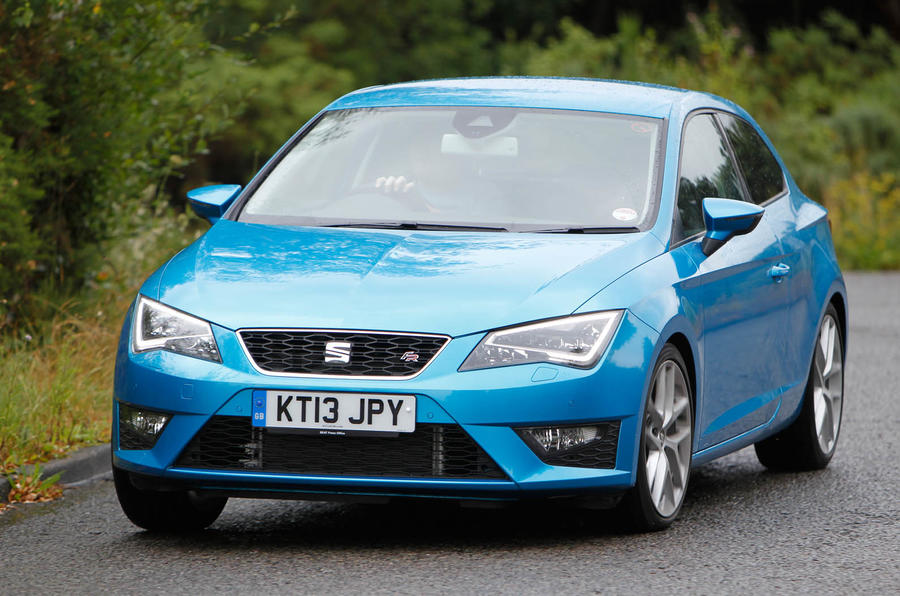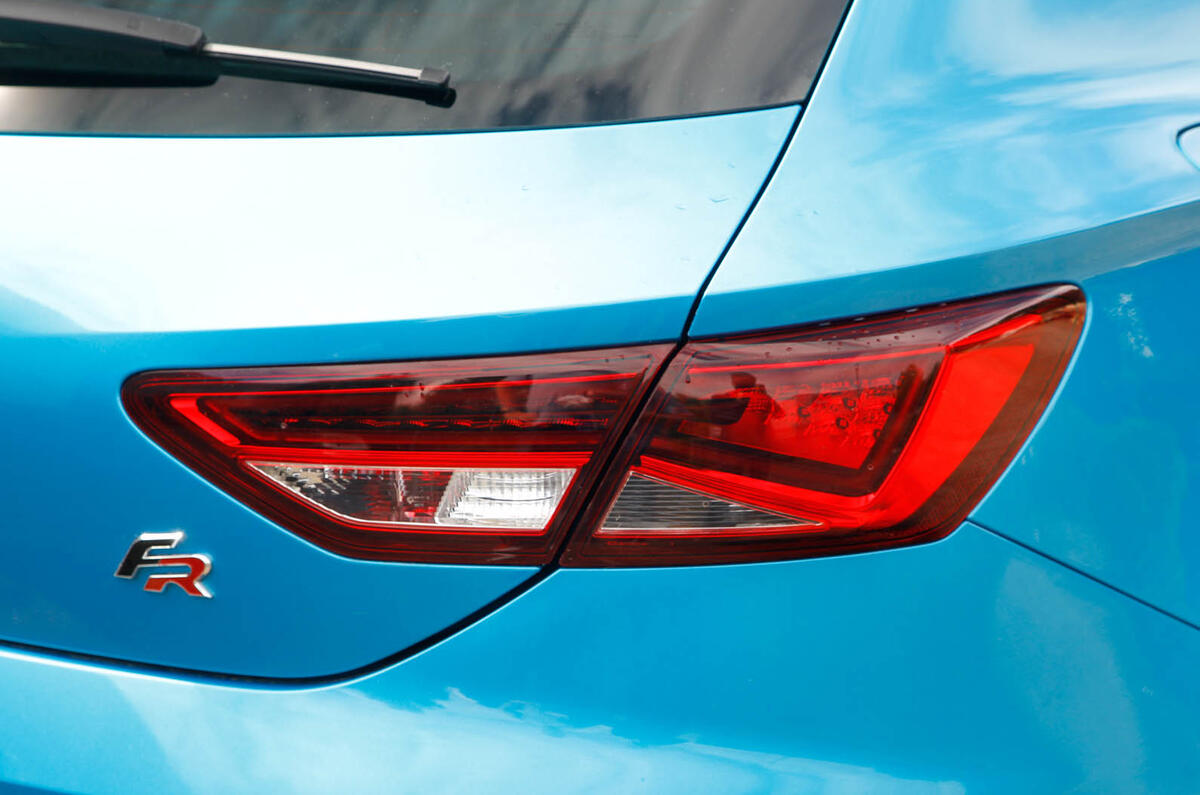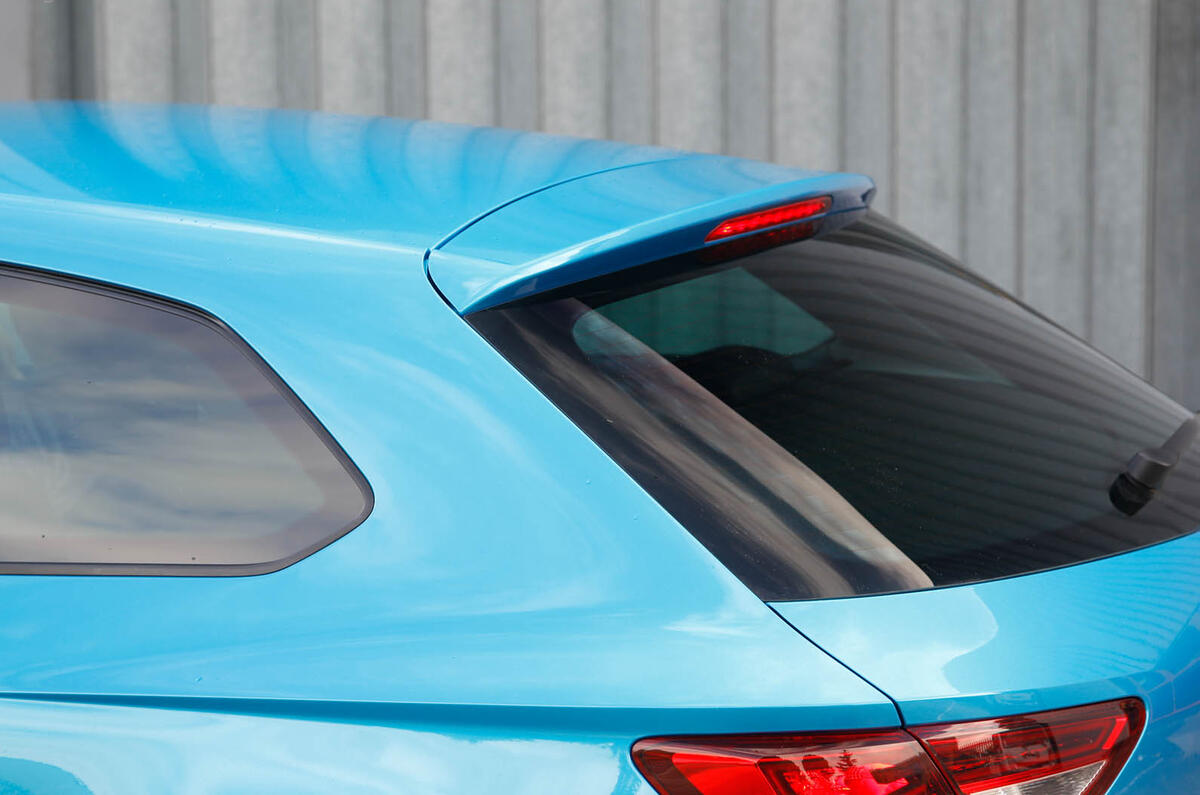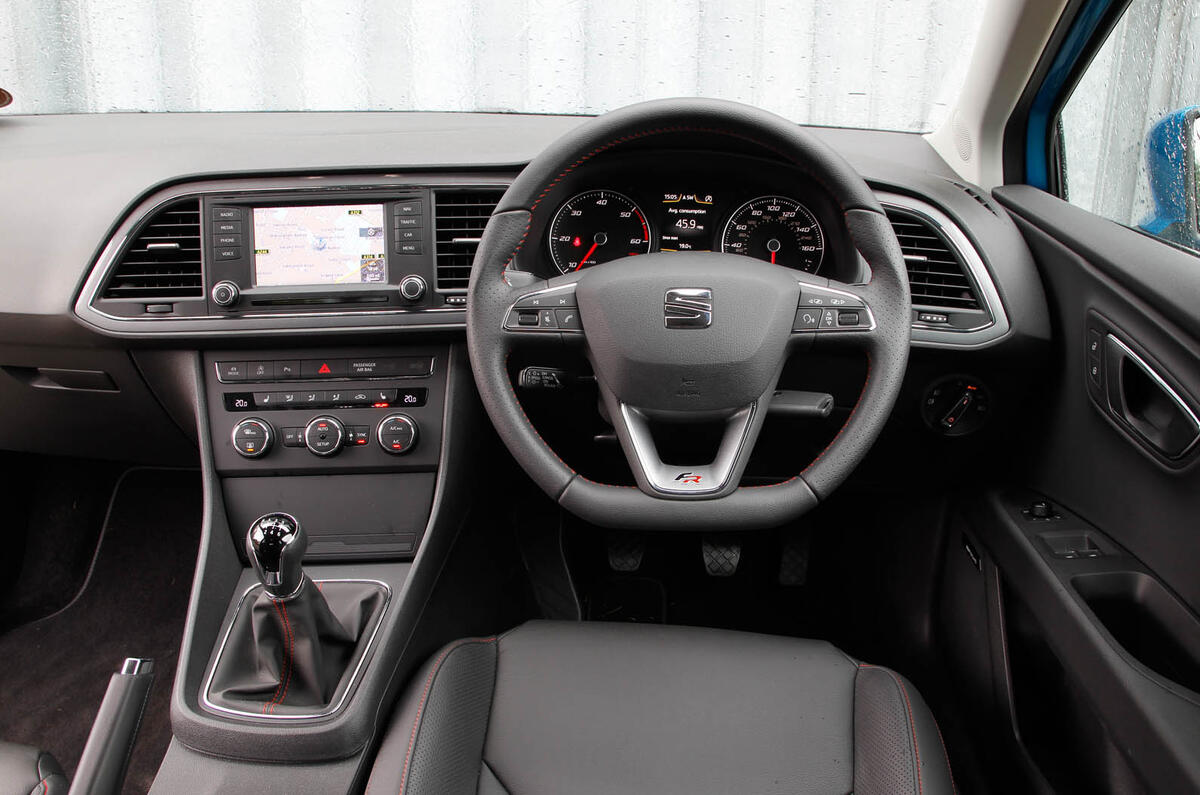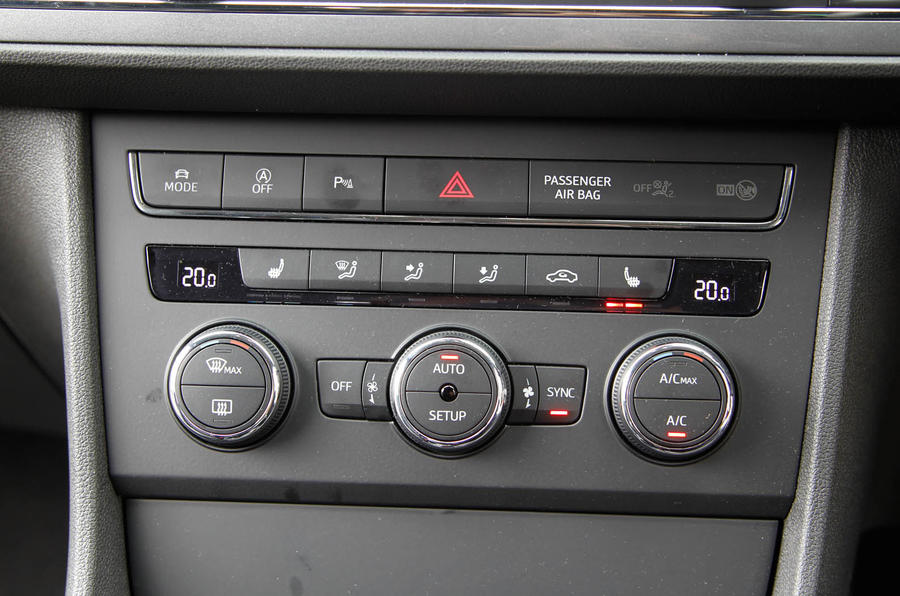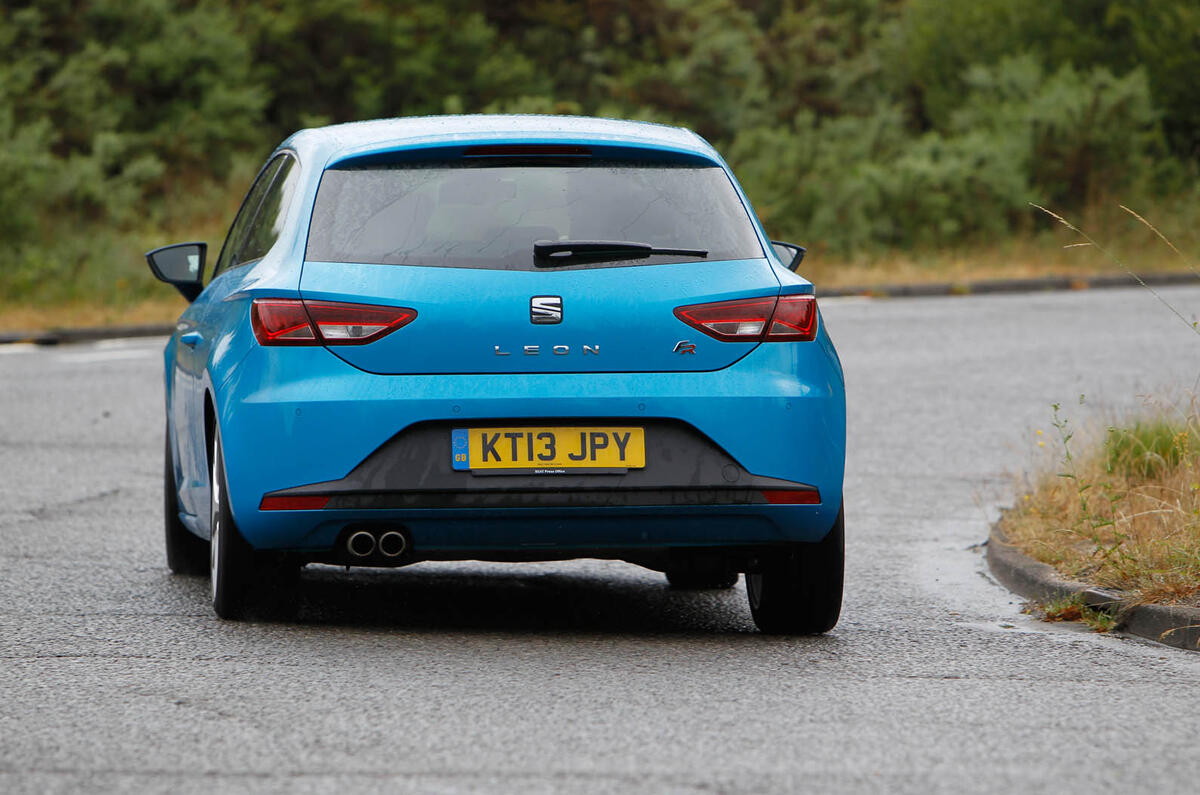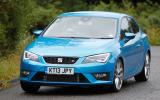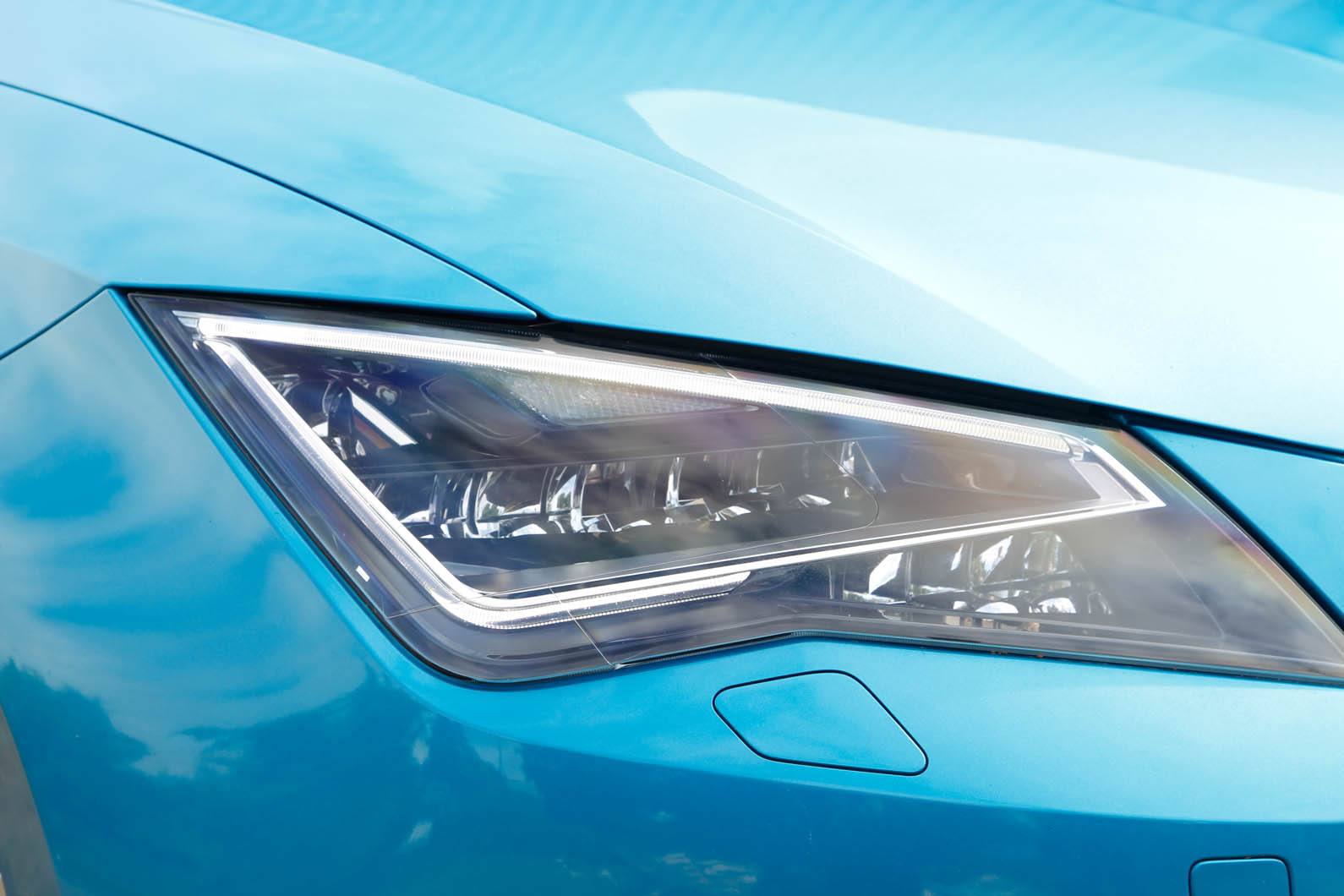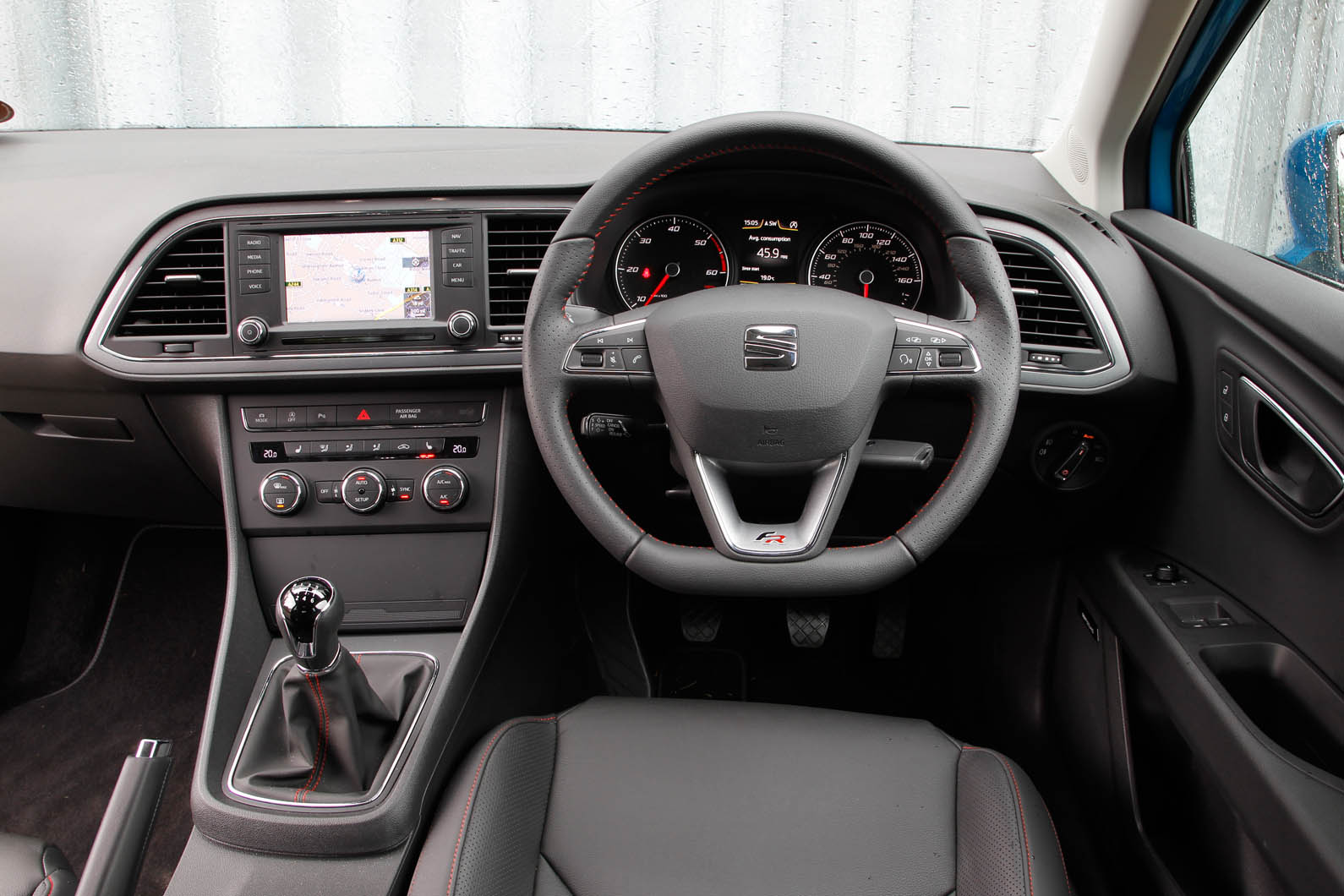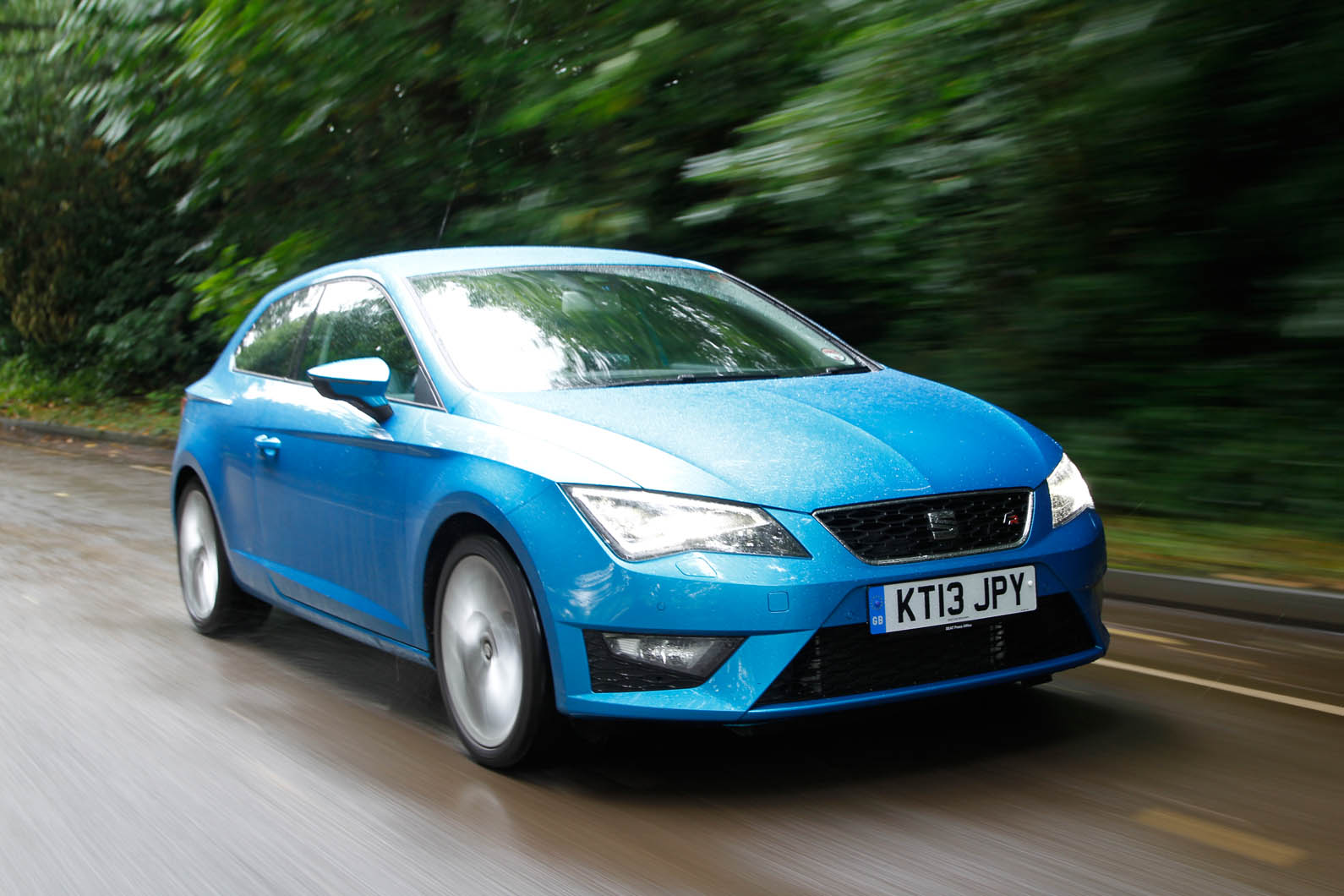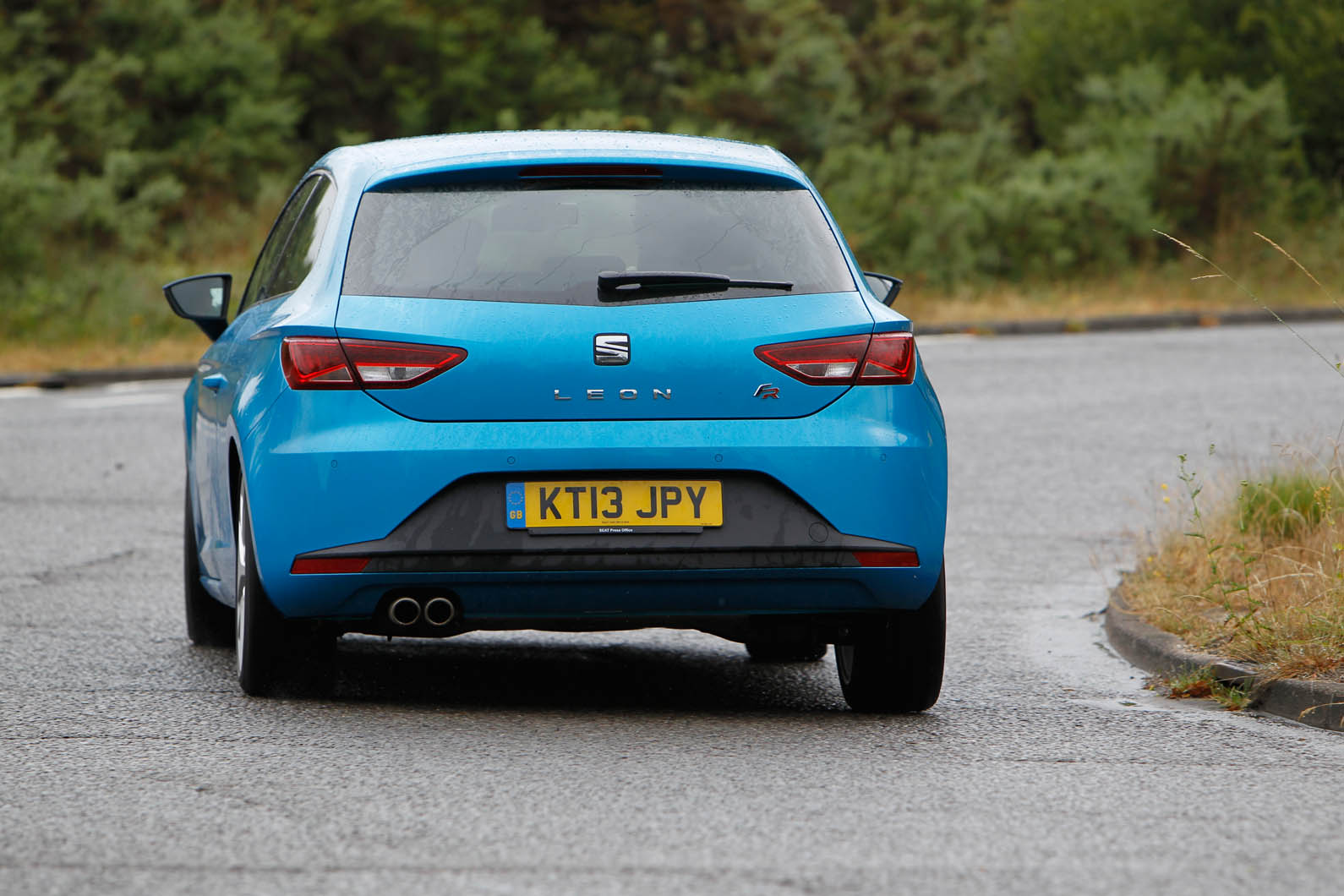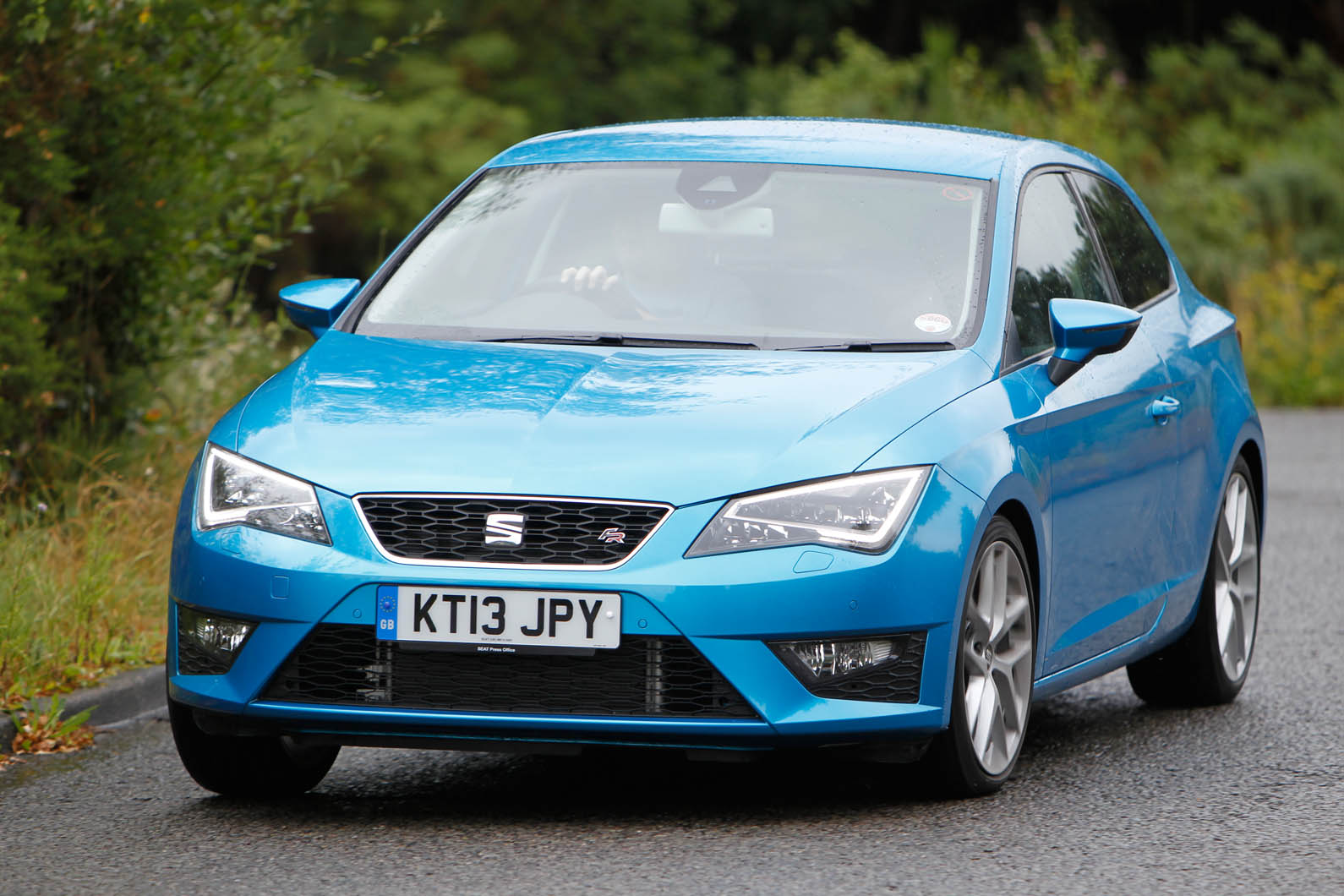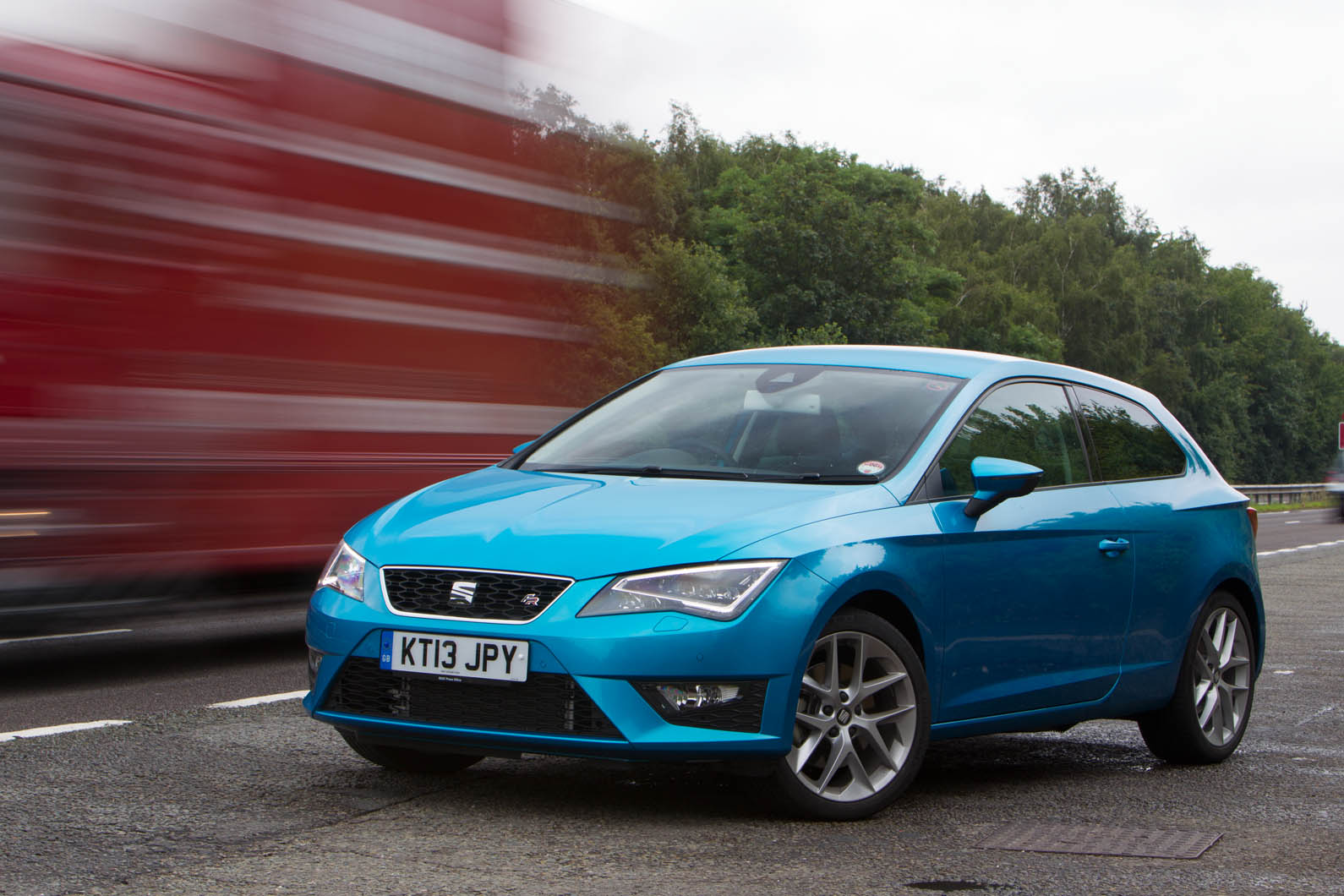With the launch of the Leon SC, the Seat Leon range is filling out nicely.
Having started with the five-door hatchback version, the Volkswagen Group’s Spanish arm added the even prettier three-door, followed by the practical Seat Leon ST estate and the Skoda Octavia Scout and Golf Alltrack sibling - the Seat Leon X-Perience. At the same time, it quietly ushered into the UK the engine we’ve been waiting to test.
It’s the most powerful motor in the line-up unless you care to cast your eye at the 286bhp 2.0-litre TSI engine under the bonnet of the Seat Leon Cupra 290 models. It’s also a fleet-friendly diesel. The high-output 2.0-litre TDI has landed – and, on paper, it’s by some margin the most alluring version of an already quite alluring-looking car.
Seat has memorable precedent with hot diesel hatchbacks and can claim quite reasonably to have been among the earliest to exploit the concept.
The original Seat Leon Cupra TDI, introduced in the early noughties, had four-wheel drive and was branded Cupra 4 TDI. That version never made it to the UK, but when the front-drive 148bhp oil-burner arrived in 2003, it found a ready following for warmer diesel-fuelled offerings.
‘Cupra’ became ‘FR TDI’ with the second-generation Leon and power rose to 168bhp, but a little of the original Leon’s dynamic magic went by the wayside. The FR was a stiffer-legged machine and five-door only.



